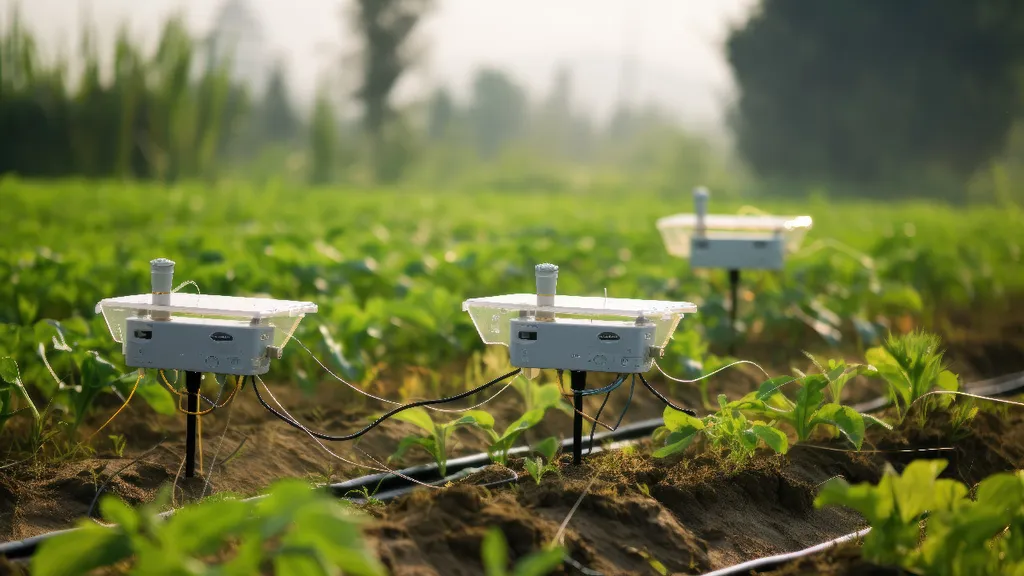In the vast, arid landscapes of Ili Prefecture, a groundbreaking study is reshaping the future of agriculture, offering a beacon of hope for sustainable food production and water management. Published in the esteemed journal *Agricultural Water Management*, the research led by Xuehui Gao from the College of Water Conservancy & Architectural Engineering at Shihezi University, presents a innovative approach to tackle the pressing challenges of water scarcity and food security in dryland regions.
The study delves into the spatiotemporal variations of regional water resources and the hurdles faced by dryland agriculture, providing a comprehensive analysis of the region’s agricultural data from 2000 to 2020. The research introduces a novel “Drip Irrigation to the Hills” engineering model, designed to precisely distribute water resources in sloped dryland areas. This model aims to enhance irrigation efficiency and support sustainable agricultural development, effectively converting sloping land into productive arable farmland.
The results are promising. By implementing the model, crop yields in Ili Prefecture have seen a significant increase, from 0.675×10^8 kg to 1.0×10^8 kg. The study further employs the Non-dominated Sorting Genetic Algorithm II (NSGA-II) to conduct a multi-objective optimization of the cropping structure, considering economic benefits, water use efficiency (WUE), and energy use efficiency (EUE).
The optimization process involved reducing the planting areas of maize and beets while increasing the planting areas of rice and oil crops. The outcomes are remarkable: economic benefits surged from 1.00×10^10 CNY to 1.17×10^10 CNY, WUE improved from 1.99 to 2.24, EUE rose from 0.28 to 0.30, crop output value grew from 1.04×10^10 CNY to 1.21×10^10 CNY, and total crop yields increased from 4.78×10^9 kg to 5.26×10^9 kg.
“This research offers a practical solution to address irrigation challenges in sloping arid farmlands,” says lead author Xuehui Gao. “It contributes to enhanced food security and the sustainable use of agricultural resources in Xinjiang’s dryland regions.”
The commercial impacts of this research are substantial. By optimizing cropping structures and irrigation strategies, farmers can expect increased yields and economic benefits, while also promoting sustainable water use. This approach not only enhances food security but also ensures the long-term viability of agricultural practices in arid regions.
The study’s findings are poised to shape future developments in the field, offering a blueprint for sustainable agricultural development in similar climates worldwide. As the global population grows and water resources become increasingly scarce, the need for innovative solutions like those presented in this research becomes ever more critical.
The research, published in *Agricultural Water Management* and led by Xuehui Gao from the College of Water Conservancy & Architectural Engineering at Shihezi University, marks a significant step forward in the quest for sustainable agriculture, promising a future where food security and water conservation go hand in hand.

